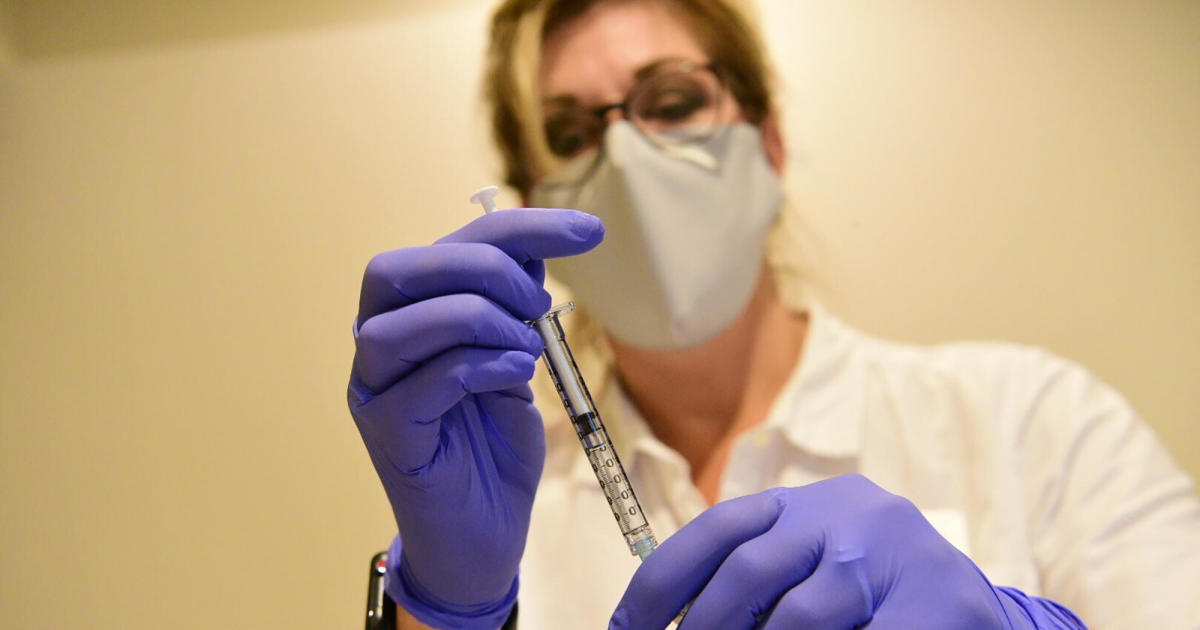Johnson & Johnson expects to fall far short of its commitment to deliver 10 million doses of its Vaccine for covid-19 by the end of February, with less than 4 million to be ready for shipment after an expected emergency use authorization from the Food and Drug Administration.
Johnson & Johnson’s disclosure of the deficit is the first public measure of exactly how far the pharmaceutical company has lagged behind in its production goals. Johnson & Johnson has promised to deliver another 25 million by the end of March.
“We will have 20 million doses of the vaccine to be made available by the end of March and we are prepared to dispatch, immediately after authorization for emergency use, almost 4 million doses of our vaccine”, Dr. Richard Nettles, Johnson & Johnson vice chairman of medical affairs for the Janssen subsidiary, said a hearing by the Chamber’s Energy and Commerce Committee on Tuesday.
He said the company remains “confident in our plans to deliver 100 million” doses by the end of June.
As a single-dose vaccine that can be stored in standard refrigerator temperatures for three months, the Johnson & Johnson candidate was considered an important advance in the US vaccination effort, despite its slightly lower efficacy, compared to vaccines from two doses produced by Pfizer and Moderna.
“It is a very easy vaccine to send and administer; it doesn’t have all these complicated requirements, especially like Pfizer, which is a much more delicate vaccine. A single dose, you get it, it’s done. This is the vaccine I want”, said Dr. Marcus Plescia, medical director of the Association of State and Territorial Health Officers.
Although the vaccine is logistically simpler, states may face obstacles in deciding which sites should be prioritized for the strongest doses or how to deal with residents who want to get one vaccine instead of another. Some of these guidelines may come this weekend, after the Center for Disease Control and Prevention Advisory Committee on Immunization Practices meets to discuss the Johnson & Johnson version.
“I think there is this feeling in many jurisdictions that it would be great if this vaccine came with very specific recommendations for who should get it and how to use it,” said Plescia.
Nor do states yet know how many doses of Johnson & Johnson to expect. The Biden administration expects to be able to allocate 2 million doses next week to jurisdictions.
Both Johnson & Johnson and federal officials acknowledged for weeks that the company faced obstacles as production increased in the USA, leading management to modify your vaccination goals.
Last year, states received specific vaccine allocations from Pfizer and Moderna weeks before FDA authorization.
“We are planning to be ready when the US is approved. It is not about staying ahead of the US, it is just ensuring that we have everything blocked so that when the US decision arrives, distribution to the people of America is immediate within 24 hours “said General Gus Perna, head of the Trump administration’s vaccine distribution effort, told reporters last year.
By comparison, before this week, Biden government officials refused to provide a specific number of doses they expected from Johnson & Johnson, let alone what allocations states should expect. Asked whether some of the doses would be reserved for pharmacies or other federal programs, the government said only on Monday that it is awaiting completion of its strategy after the FDA and CDC decide.
“Once we understand what the scientific community has to say, we will be in a position to answer, I believe, the very relevant questions on which we need the advice of scientists,” said senior White House adviser Andy Slavitt.
